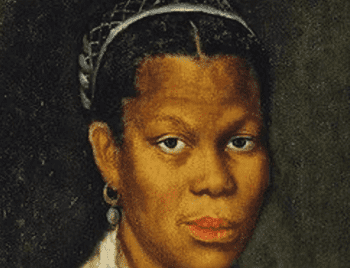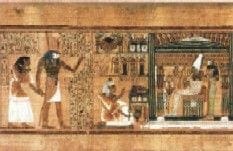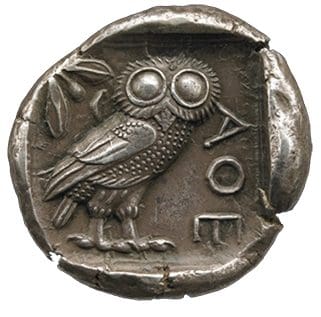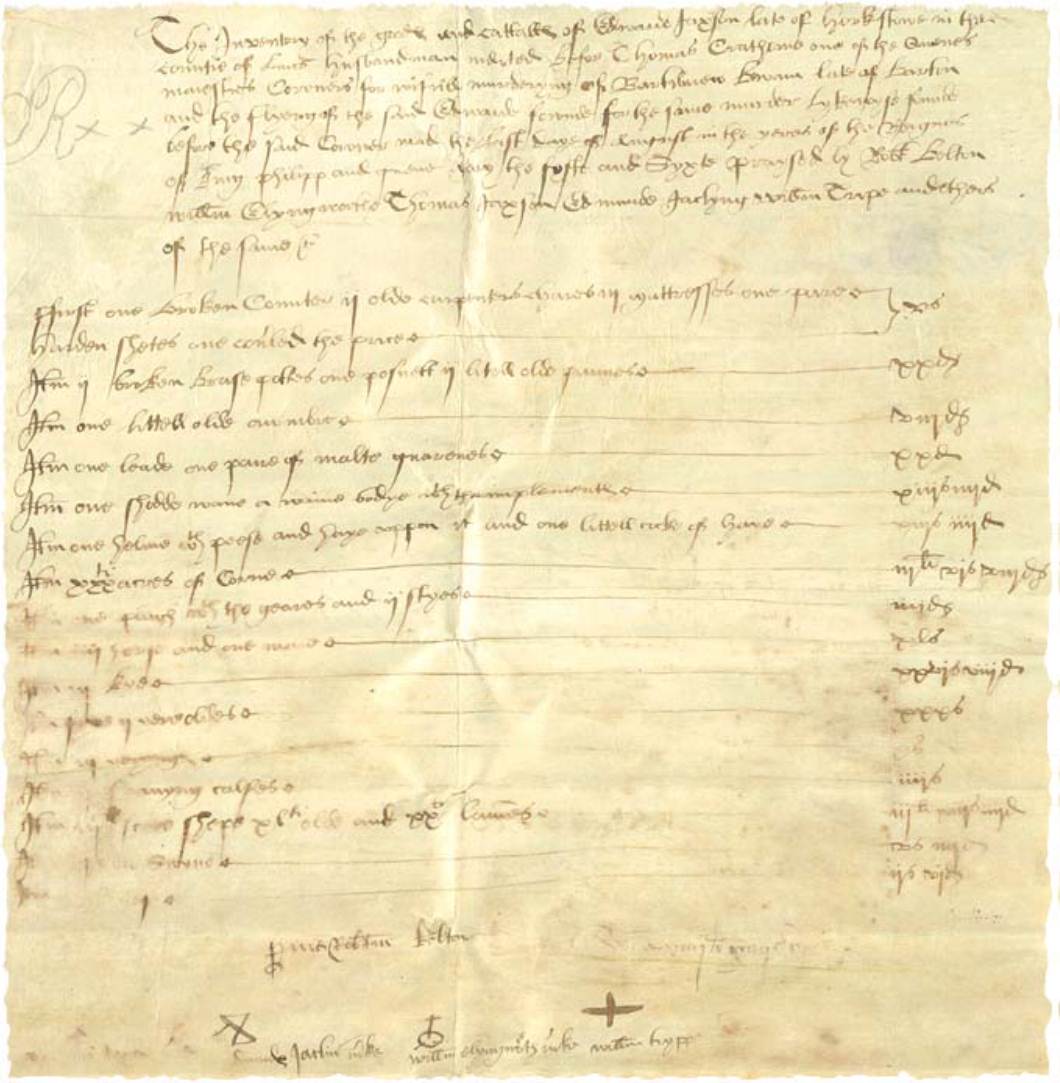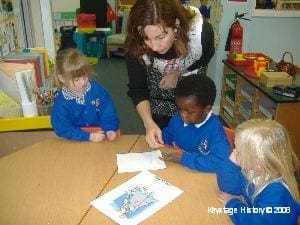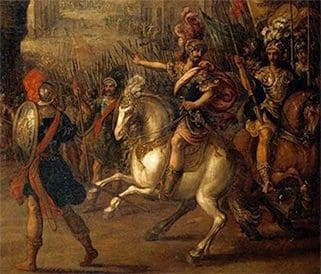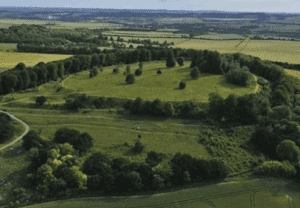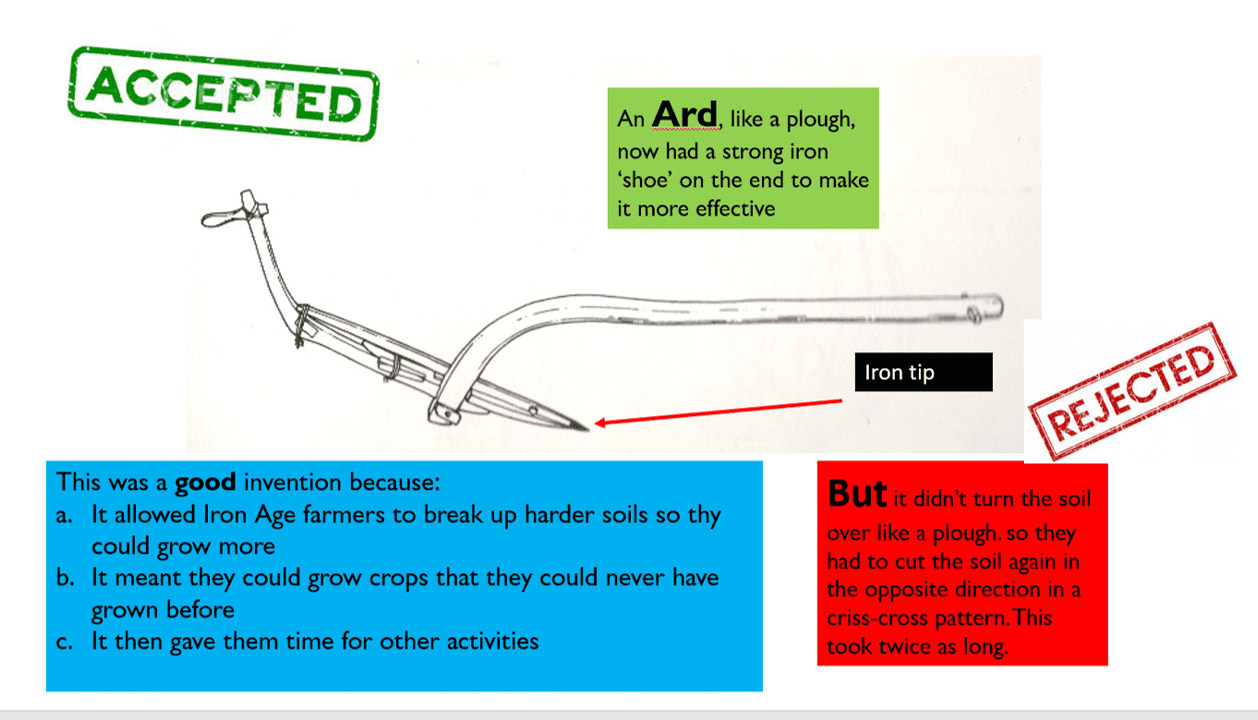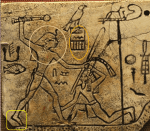
What does the evidence tell us about the everyday life for men women and children?
Here the focus is on two pieces of evidence which reveal a picture of the structure of ancient Egyptian society as well as the way people spent their time. The stand-out activity is definitely Crimewatch 2,000BC in which pupils act as detectives to work out whose tombs were robbed and to restore the looted items to the rightful owner so that they can continue their journey into the afterlife. This is fully described in the outstanding lesson cameo on the site.
Before they do this, they are warmed up to the task by looking at images of two contrasting objects: a label for a pair of sandals and a clay model. By making the objects accessible to pupils this should prove an easy entry point before the more demanding investigation is launched in part 2.

